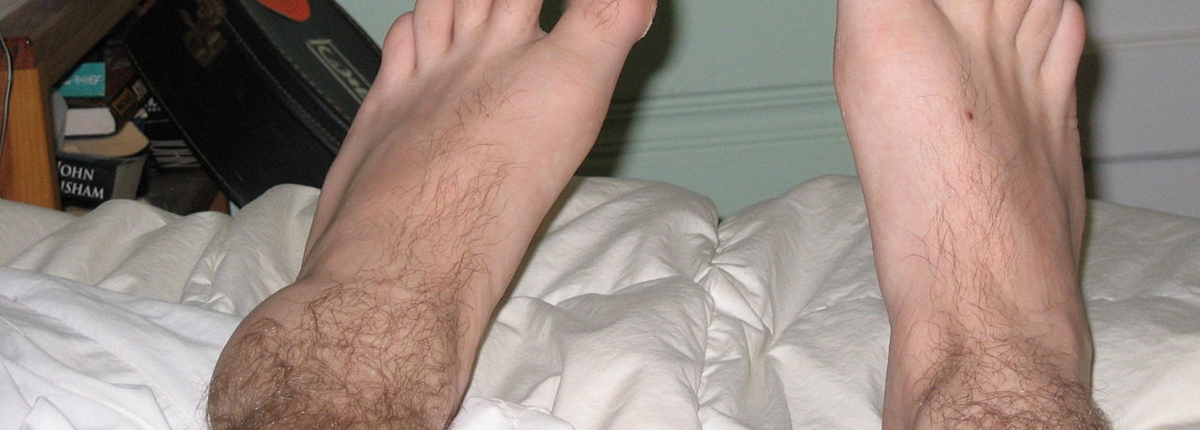Swollen Ankle – Common Problem
This painful condition troubles many. However, the most endangered groups prone to suffer from pain caused by a swollen ankle are older people, athletes, and women in their pregnancy periods. However, other people can suffer from swollen ankles as well. Therefore, read on in order to get more informed.
Causes of Swollen Ankle Pain
The most common reason behind ankle pain and its swelling is a direct injury. Besides this, infection and water retention serve as the two additional, most common causes. However, there are numerous underlying health conditions that may have painful swollen ankles as their side-effect.

First of all, one of the most common conditions causing our ankles to swell and hurt is arthritis. Causing inflammation in most of our joints, this condition also triggers swelling in our ankles. Also, a common variation of this disease, called gout, tends to cause the condition this article is about. Namely, sometimes, our organism increases uric acid in our body. This acid gets into our joints, causing inflammation, swelling, and pain.
As mentioned above, both water retention and pregnancy add to the list of possible causes. During pregnancy, the female body gets a different shape, and the size of the stomach makes it difficult for the veins to function properly. Therefore, one's ankles receive imbalanced amounts of blood causing this condition in them. Also, both pregnant women and older people may have too many fluids situated in their skin tissues. This, if left untreated, may easily cause swelling and inflammation of ankles, resulting in pain.
- Studies identified by the search strategy were screened according to the eligibility criteria, and 2 independent reviewers extracted the data. Outcome measurements were (1) pain ratings using measures such as a visual analog scale and (2) other residual impairments, such as feelings of weakness, giving way, or deficits in functional performance.
- In most studies, ankle pain was present in 50% to 79% of participants with chronic ankle instability.
- Self-reported pain was usually intermittent and mild and occurred during vigorous physical activity.
- No researchers investigated the effects of ankle pain on associated impairments or functional activities among participants with chronic ankle instability.
Many other things may trigger this condition. Therefore, it is important to seek medical attention in order to treat swollen, painful ankles as soon as possible.
Possible Treatment
Firstly, the underlying disease causing the swelling needs to be diagnosed. Once it is treated, there is a high probability that the swelling and pain in the ankles will disappear.
Many patients get prescribed some anti-inflammatory drugs or similar medications. They are also advised to drink sufficient amounts of water since proper hydration is a must in these situations. Resting, wearing proper footwear, and having a healthy diet, are the most common pieces of advice.
Finally, if a direct injury causes a painful, swollen ankle, it is of great importance that the injury be examined and treated in order to eliminate any possible complications likely to occur.
- www.nhs.uk/conditions/foot-pain/
- medlineplus.gov/ency/patientinstructions/000775.htm
- Photo courtesy of Daniel Olsenby Wikimedia Commons: commons.wikimedia.org/wiki/File:Swollen_ankle.jpg

















Your thoughts on this
Loading...